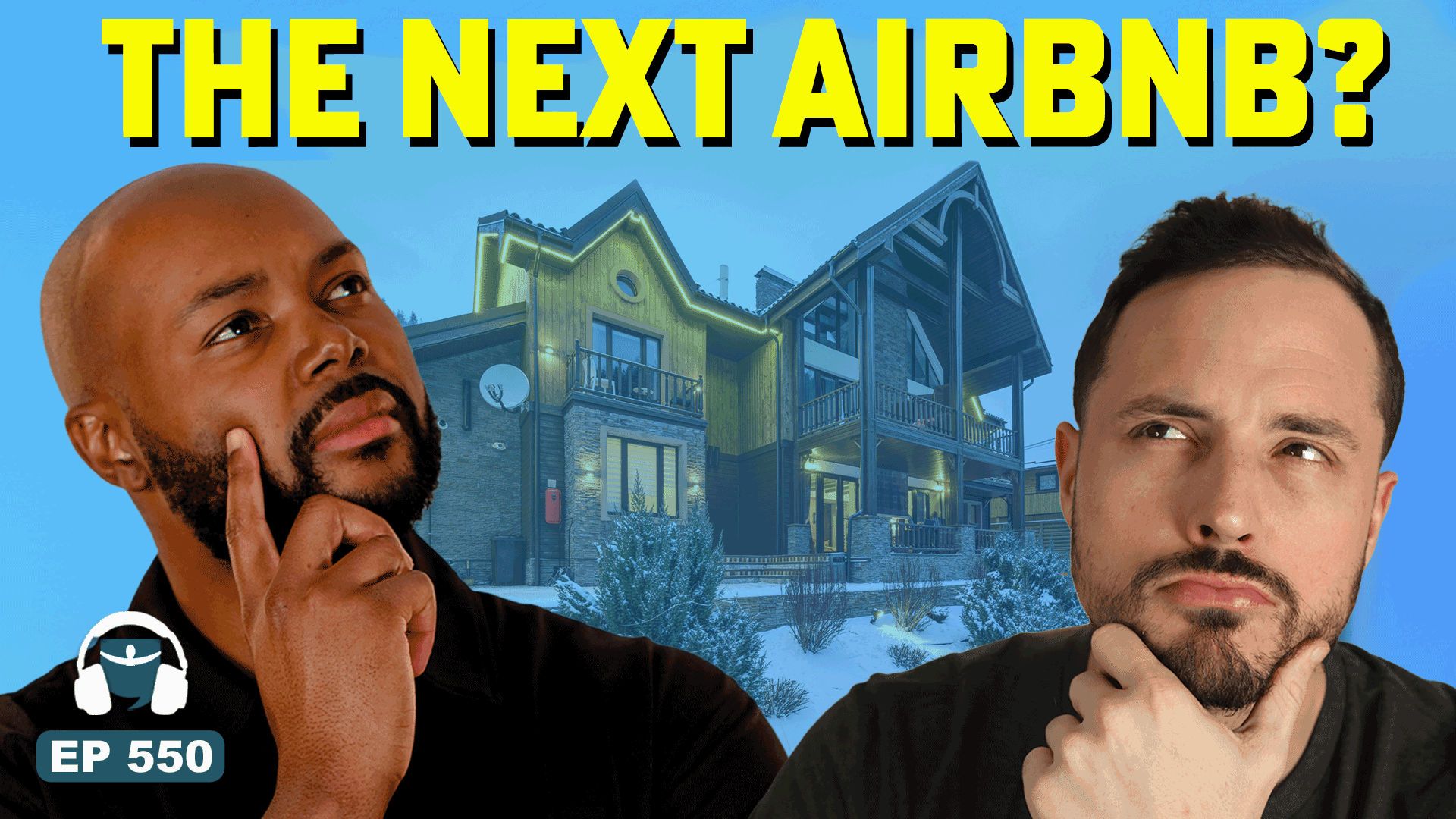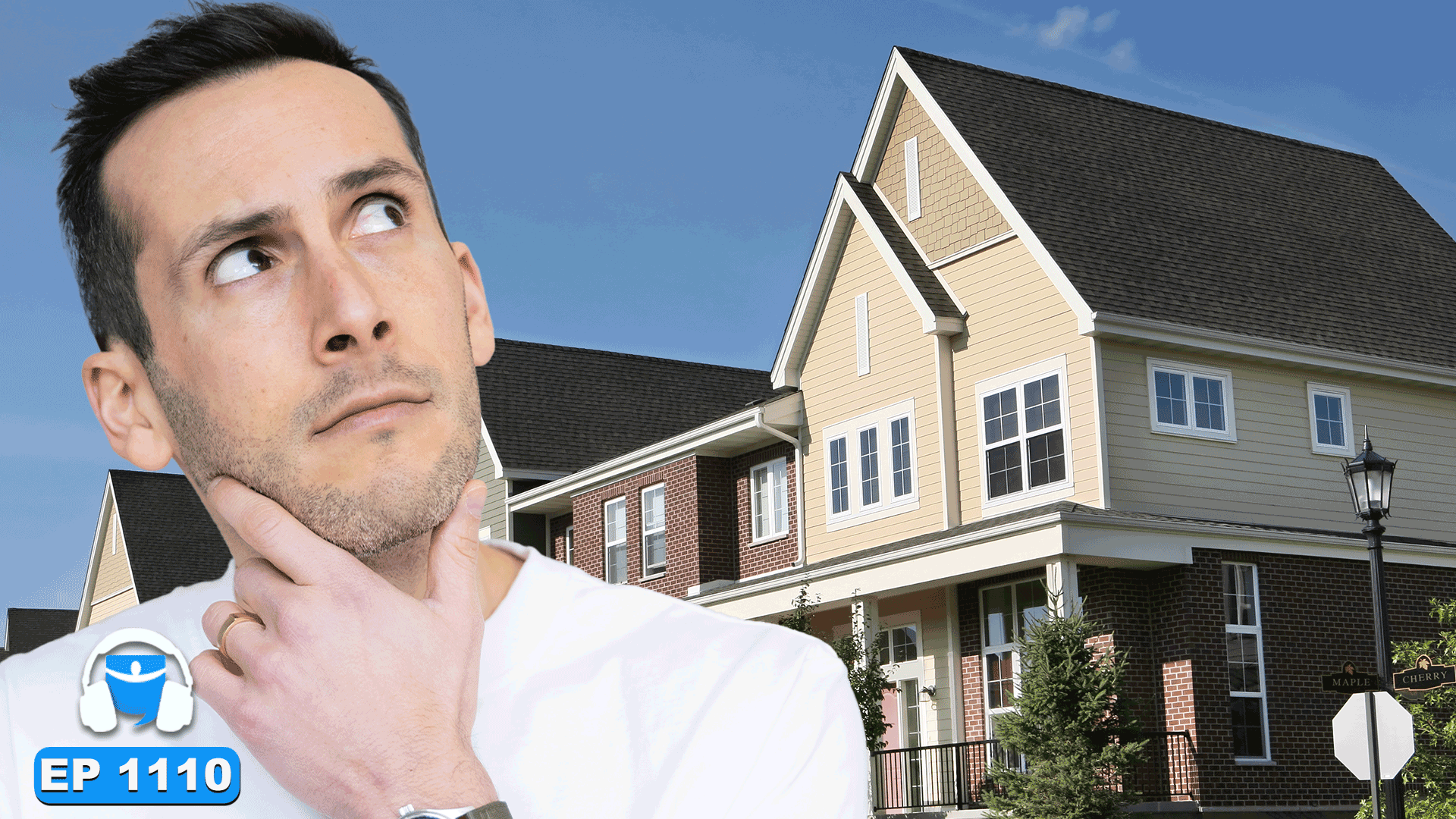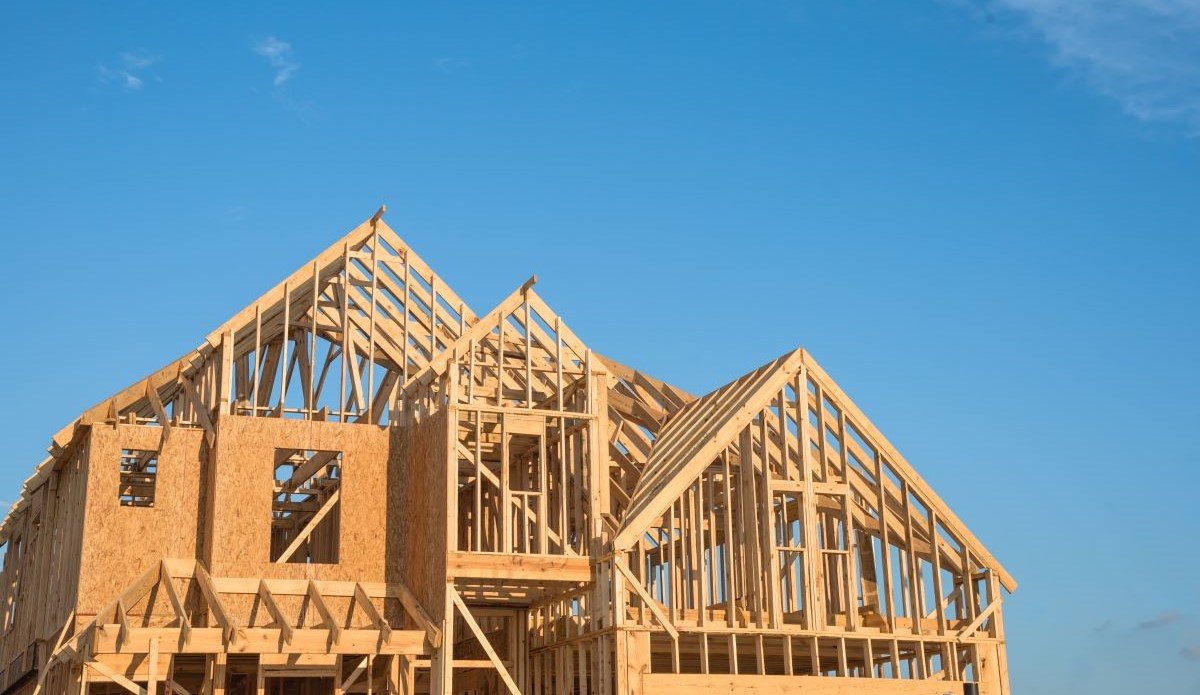With lower interest rates and an election ahead in 2025, investors are eager to see where the best hotspots are in Australia’s changing housing market.
But Aus Property Professionals founder Lloyd Edge has warned of certain popular areas in each state that could be risky long-term prospects.
“High returns can be short-lived if the area doesn’t have the right fundamentals,” Mr Edge said. “A strong investor strategy looks at the long game, not just next quarter’s yield”.
Aus Property Professionals founder, Lloyd Edge, has said oversupply can be a big red flag for areas you might want to invest in.
Some of the warning signs you can spot in a suburb include slow capital growth, oversupply or high vacancy rates, limited infrastructure or transport, and markets that highly rely on short-term rental yields.
Instead, Mr Edge recommended investors look to middle-ring suburbs being gentrified by a rising number of owner-occupiers, along with spots that have large infrastructure, demand and growth potential.
“Buyers need to focus on fundamental growth drivers rather than short-term gains,” he said.
To show these warning signs in action, Mr Edge has found twelve suburbs across Australia that investors might think twice about buying in:
A property up for sale in Blacktown, NSW.
Across the country’s most populated state, Mr Edge has found two suburbs in particular that seem deceptively appealing. The first of which is Blacktown, an hour west of Sydney and one that has seen house prices rise to a median of $1,025,000.
However, Blacktown’s price increases are not the only factor. Mr Edge said the suburb’s housing developments meant there was an oversupply in the suburb when compared to demand.
In future years, investing in a property in an oversupplied town could result in stagnant capital growth and rental yields long-term.
Two adjacent properties for sale in Mount Druitt, NSW.
Likewise, the suburb of Mount Druitt represents a risky prospect. With a median house price of $993,750, many are flocking to the suburb for its affordability when compared to other NSW locations.
But Mr Edge said that with the area’s inconsistent rental demand and low capital growth, the returns in the area may not be worth the money spent.
“Investors should be cautious of areas that are heavily reliant on government housing and low-income tenants,” he said.
A house on the market for the beach suburb of Frankston, Victoria.
One well-known suburb on the outskirts of Melbourne is Frankston: a beachside location with a median house price of $730,000.
Its affordability makes it promising for owner-occupiers who cannot afford to live closer to the city, but investors might pause at the lack of long-term demand.
Much of the demand in the area is taken up by increasing development projects, meaning a private investment in the suburb may fall flat compared to other spots.
A house for sale in Dandenong, Vic,
Meanwhile, supply is abundant in the suburb of Dandenong – especially when it comes to apartments. Mr Edge said low capital growth and low rental yields emerged from the area as a result, with demand being regularly met by housing availability.
“There’s little investor demand in the area, and the supply pipeline continues to be high,” he said.
A home on the market in the Queensland suburb of Woodridge.
Many investors are jumping into the suburb of Woodridge, located in the Logan area. In this suburb, house prices have reached a median of $650,000, and even median unit prices have risen above $400,000.
But according to Mr Edge, that rising growth has a ceiling, and the suburb has become overvalued when compared to the fundamentals it has to offer residents.
“The market has likely peaked here, and further growth may be limited,” he said, adding the long-term demand for consistent growth may not be present.
One of the few houses for sale in Fortitude Valley, Qld
Meanwhile, the suburb of Fortitude Valley in Brisbane’s inner city is an incredibly active area – but overdevelopment is causing a problem for investors.
The suburb’s unit market only saw 1.55 per cent capital growth over the past year, with unit prices at a median of $516,000.
In addition, Mr Edge said a lack of owner-occupier demand meant investors would have little luck with putting their money in the social hotspot.
Other areas he said were not worth investing in across Brisbane included South Brisbane, Bowen Hills and Brisbane City.
Elizabeth, SA, has this house up for grabs on realestate.com.au.
Infrastructure is the main issue in Elizabeth, a suburb north of Adelaide’s city. Having a well-known reputation in the state, low demand from owner-occupiers and an underinvestment in infrastructure have led to property values remaining stagnant.
“The lack of development and weak rental demand make this a poor investment choice,” Mr Edge said.
This home is available for sale in Mawson Lakes, SA.
Meanwhile, Mawson Lakes has in some ways had the opposite problem. With many renters and buyers looking for affordable spots closer to the city, Mawson Lakes became a popular suburb.
However, new housing developments to keep up with demand oversaturated the market, according to Mr Edge.
This has led to flat capital growth and weaker rental yields in the area, meaning those investing in long-term future growth might prefer to look elsewhere.
This house is up for purchase in Banksia Grove, WA.
Mr Edge said Banksia Grove, with its median house price of $660,000, was too distant from employment hubs and too reliant on house-and-land packages to see long-term growth near Perth.
In addition, oversupply and limited capital growth meant those who have invested in the area weren’t getting as much as they could out of a property.
“The area has struggled to provide consistent returns,” he said.
South of Perth, this home in Wellard, WA, is on the market.
Job growth is also a factor in Wellard, placed to the south of Perth and with a median price $10,000 more than Banksia Grove.
With unit prices under $500,000, the suburb’s affordability has not stopped it from seeing inconsistent rental yields, with only a few investors interested in the location.
“It’s not a strong investment option as the area lacks the infrastructure and job growth to drive long-term demand,” he said.
This house in the city of Launceston, Tas, is up for sale.
Launceston is the second-most populated city in Tasmania outside of Hobart, but its location has meant growth and investor demand has remained low.
Mr Edge said while its affordability was a plus – the house median at $805,000 as of April 2025 – there was a lack of infrastructure investment that would give the area room to grow.
That, along with reliance on limited industries available in the area, meant Mr Edge did not think the location was a good spot for long-term investment returns.
This house is available to buy in the remote suburb of Burnie, Tas.
Far away from both Launceston and Hobart, Burnie represented limited investor demand in Mr Edge’s eyes.
“Its economic challenges and low rental yields make it a risky choice for investors looking for solid returns,” Mr Edge said.
Mr Edge also said Tuggeranong and Woden in the ACT were not promising areas, due to low investor demand and weaker growth rates than nearby areas.



















 English (US) ·
English (US) ·